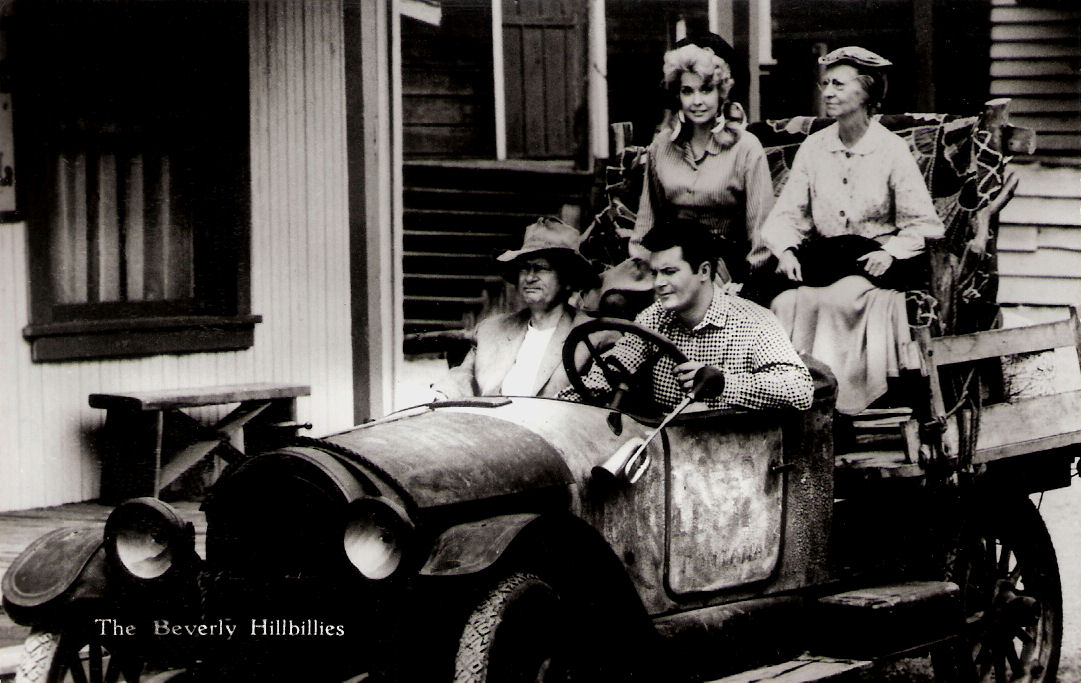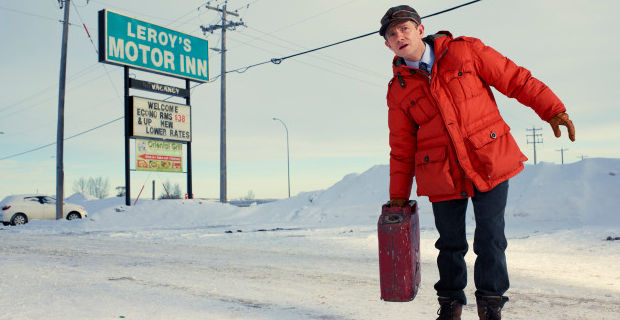Howdy Partner, Where Ya From?: A Guide to American Accents
The United States of America is a huge country made up of 50 states, 48 continental and 2 separate, each of which has its own identity, sense of pride and history. There is however one common denominator: the English language. In total, there are 225 million native speakers of English and 25.6 million speakers of English as a second language in the USA, making it the most broadly spoken and widely used language.
More broadly, the US can be divided up into linguistic regions based on dialect, word choice, slang and pronunciation. Robert Delaney, a reference associate at Long Island University created a map of 24 regions of American English, and Rick Aschmann has created a map of 7 main dialect regions based on pronunciation guidelines. We’re here to give you a brief guide to those different areas and regions, to help you place those accents and figure out exactly where in the USA someone might be from.
The Northeast
Let’s start with Eastern New England. This area incorporates some of Maine, New Hampshire, Massachusetts, Vermont and Rhode Island. In this area of the US, you’ll often here ‘r’ sounds dropped and replaced with ‘h’ sounds, and flat, elongated ‘a’ sounds. You may have heard the phrase “Pahk yah cah in the Hahvahd yahd,” (Park your car in the Harvard yard) as a way of emphasising this accent. This area is separate from a Boston urban accent, which essentially just covers Boston and the surrounding area. Delaney says that the accent differentiation here is based more on class, and covers Southie (lower class/poorer areas- located in South Boston) dialects to Boston Brahmin (upper class).
Now onto Western New England! This area covers the outside bits of eastern Massachusetts, and usually, people with this accent drop their T's. The accent isn’t as strong as the Eastern New England accent, but it’s still there.
All of these make up the general New England region. New England slang uses words like ‘clicker’ to mean remote control, or ‘grinder’ to talk about a sub sandwich. You’ll also hear ‘wicked’ (meaning very good) heavily peppering conversations.
Hudson Valley accents are heavily influenced by the Dutch that settled there; there being considered north of New York city. The accent is marginally different from Western New England, though perhaps not that markedly to the untrained ear. You’ll notice more differences in what things are called in this area. For example, a ‘stoop’ is the front of your doorstep, perhaps somewhere you’d like to sit and gossip.
New York city gets it’s own category for accents and dialect, and to be honest you’ll probably notice a difference in accents from people within the city itself, each borough having it’s own ever so slightly unique twang. You can chalk that up to the different immigrants that helped build the city and the ones that continue to flock there even today. A real melting pot, different areas of New York City are synonymous with different ethnicities. Here the 'th' sound often turns to a 'd', and words are often joined together, almost slurred into one. That coulda, woulda, shoulda kinda vibe. Bonac, or what you might think of as a Long Island accent, combines the New York accent and the New England sounds to create things like ‘ciawffee’ (coffee).
A softer accent, much like the Western New England accent is the Inland Northern. It covers Upstate New York and Vermont. It acts like a transitioning accent between the Midwest and the Upper East Coast. Inland Northern speakers pronounce marry, merry and Mary all the same way and can often sound a bit like their friendly neighbours to the North (Canada).
Photo via Flickr
The Midwest
Upper Midwestern accents encompass states like Michigan, Minnesota, North Dakota, South Dakota, and Wisconsin and have a very distinctive twang that comes from the Scandinavian immigrants that originally settled in the area. Think of the movie Fargo (or the very well acted television series, starring the recently single Martin Freeman) or the phrase “You betcha, doncha know?”
Rocky Mountain accents are next and cover states like Montana, Utah and Colorado. Here you’ll hear a bit of influence from Native American languages. You’ll hear slightly rounded vowels, where 'o' sounds are still very much o's and not a's. Most consonant sounds are also kept and pronounced. Here, much like with Pacific Northwest dialects there is more of a difference in what things are called that give the accent away. Words like ‘potluck’ (a meal where everyone brings a dish to share) crop up, showing the Native American influence (originally coming from ‘potlatch’).

Photo via Flickr
The Southwest
Pacific Southwest accents and dialects reflect gold mining times, with phrasal verbs like ‘pan out’ and phrases like ‘pay dirt being used. This is also where you’ll find the typical ‘Valley girl’ accent, which is so, like, 90s now, like- totally no one, like, talks like that anymore!
Ozark accents and dialects are what you might consider ‘hillbilly’ accents, and it comes from the Southern Appalachian areas of America. Think of the Beverly Hillbillies, or perhaps Cletus from the Simpsons.
The South
South Midlands cover North Texas and the west Appalachians. Most noticeably here, people will drop the re from the word ‘are’ when using any kind of continuous tense, or really just before -ing words (though the G will also usually be dropped). So the soup’s a’bubblin’ in the South Midlands.
The same can be said of the South Appalachian areas in terms of G-dropping.
Gullah may be what you think of when you hear a southern drawl, as this accent and dialect is usually found around Georgia and South Carolina. Much like the Gulf Southern accent, there’s no rush to the vowels or words and you can hear the way each sound plays out on the tongue. There’s also a strong French influence here, with words like ‘bayou’ used in everyday speech. Think alligators and Southern kindness.
While this is not a complete list, not even by half, this can at least provide an idea of what sounds can be heard throughout the States. With so much variation, it’s hard to know how everyone in the same country is able to communicate, but (shockingly) it doesn’t seem to cause much of a problem, at least most of the time. Are there accents that you find difficult to understand?



